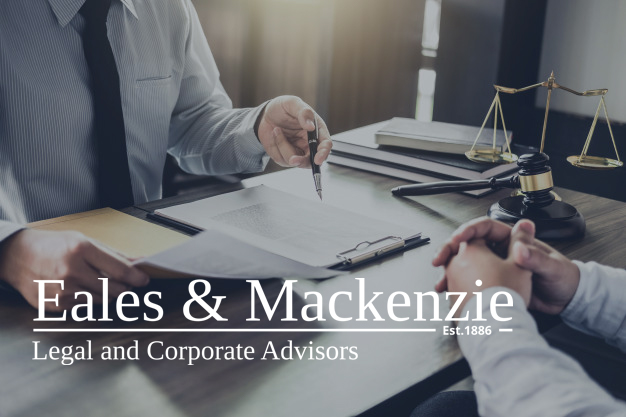By Pinar Acay
Sale and leaseback agreements are increasingly popular in both commercial and industrial sectors in Victoria, offering businesses a way to free up capital while continuing to operate from the same premises. However, while they can be beneficial under the right conditions, these arrangements are not without risks. Before entering into a sale and leaseback agreement, it is critical to understand the key factors, risks and legal nuances involved.
What Is a Sale and Leaseback Agreement?
A sale and leaseback arrangement occurs when a property owner sells their real estate—often commercial or industrial premises—and simultaneously enters into a lease agreement to remain in the property as a tenant. The transaction can improve liquidity, provide tax advantages, and support strategic business planning. But the benefits can quickly be outweighed by pitfalls if not approached carefully.
Key Factors Indicating Whether a Sale and Leaseback Is Advisable
Before proceeding, consider the following:
- Current Financial Position
A sale and leaseback may be suitable if your business requires capital for expansion, debt reduction, or operational investment. It can convert a fixed asset into working capital without interrupting business continuity.
- Property Value and Market Conditions
Selling in a rising market may maximise the sale price, but it is vital to obtain a professional valuation to ensure the price reflects fair market value.
- Long-Term Business Strategy
If your business plans to remain in the same location long-term, a leaseback can ensure operational consistency. However, if relocation is a possibility, consider whether a long-term lease commitment is appropriate.
- Tax Implications
Sale and leaseback agreements may trigger capital gains tax (CGT) obligations. GST implications may also arise, particularly if the property is not part of a going concern. Advice from a tax professional is essential.
Types of Lease Terms That Can Affect the Agreement
Lease terms play a critical role in shaping the financial and operational consequences of a sale and leaseback. Some key considerations include:
- Lease Duration
Longer lease terms provide security for both parties but may also lock the tenant into a space that may not suit future business needs. Common arrangements involve 5 to 10-year leases with renewal options.
- Rent Review Mechanisms
Lease agreements may include fixed increases, CPI adjustments or market rent reviews. Careful consideration must be given to ensure rent remains sustainable throughout the lease.
- Repair and Maintenance Obligations
In retail lease agreements, the landlord is responsible for repairing and maintaining the structure of the premises and any fixtures, plant, equipment and essential services provided under the lease. The tenant is responsible for any repairs arising out of misuse by the tenant, and repairs to any fittings, fixtures or other items that the tenant is required to remove from the premises at the end of the lease. In non-retail commercial leases, onerous repair and maintenance obligations can result in unexpected costs for the tenant.
- Termination and Default Clauses
It is essential to understand your rights and liabilities in the event of a breach, insolvency or if you wish to terminate early. A well-drafted agreement should include fair and commercially reasonable exit clauses.
Common Risks and How to Mitigate Them
- Loss of Ownership Control
Once the property is sold, the business loses any control over future development or sale of the premises. You can protect your interests through carefully negotiated lease terms and renewal options.
- Overly Restrictive Lease Terms
Clauses that limit your ability to assign or sublease can stifle future flexibility. You can negotiate lease provisions that align with potential business growth or restructuring.
- Valuation Discrepancies
If the property is undervalued, you may lose capital you cannot recover. Obtain an independent valuation and legal review before signing.
- Cash Flow Constraints from Lease Costs
While you receive an upfront lump sum from the sale, ongoing lease payments must be factored into long-term budgets. You should run detailed financial forecasts to ensure affordability.
- Tax and Legal Complexities
These agreements may carry stamp duty, GST and CGT implications. It is important to engage legal and tax advisers early in the process to ensure compliance and optimisation.
Seek Legal Advice Early
Sale and leaseback agreements can be strategic tools for improving cash flow and streamlining asset management. However, the complexity of these arrangements means careful legal and financial scrutiny is essential. Whether you are a seller-tenant or buyer-landlord, professional guidance can help ensure the deal supports your commercial objectives without exposing you to undue risk.
At Eales & Mackenzie, our experienced property and commercial lawyers can assist you through every stage of a sale and leaseback transaction—from negotiation and drafting through to settlement and post-completion support.
This information is general in nature and not a substitute for legal advice based on your individual circumstances. For tailored advice about your situation, speak with our senior property lawyer Pinar Acay on (03) 8621 1000 or (03) 9331 1144.


